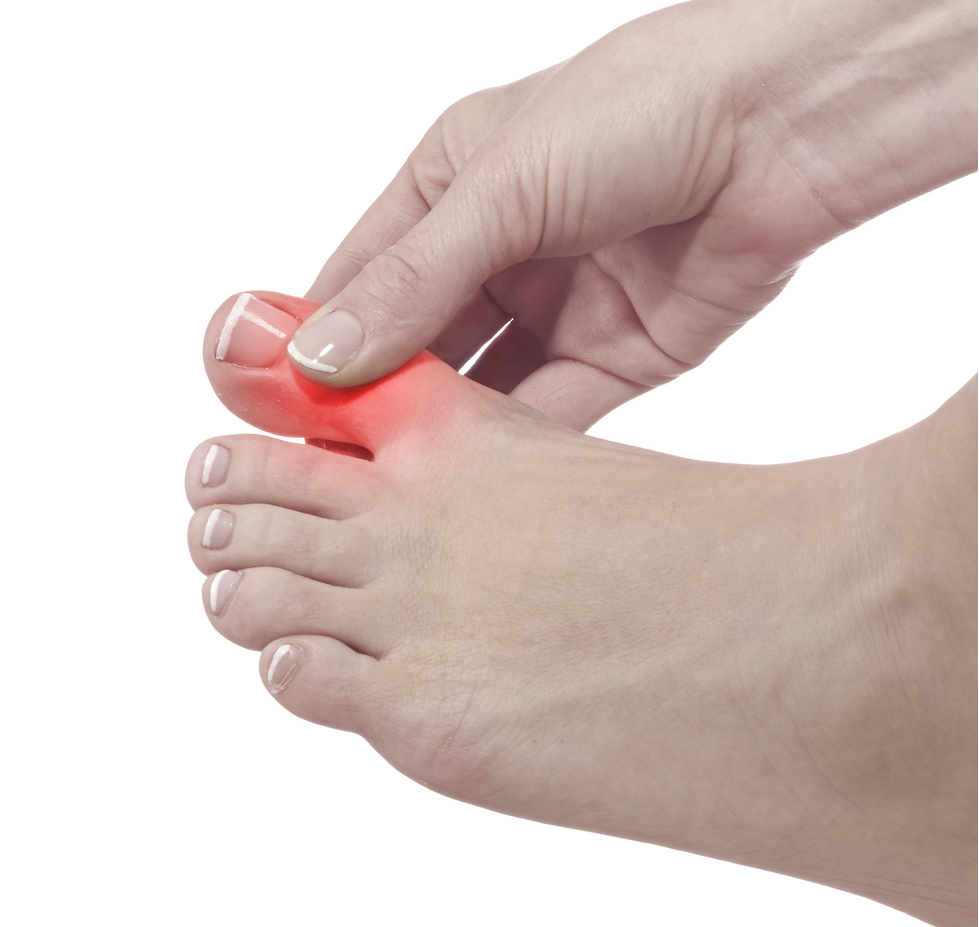Article
Significant Decreases in Tophus, Double Contour Sign Observed in Patients With Gout Receiving ULT
Author(s):
Musculoskeletal ultrasound evaluated tophus size and double contour sign in lower extremity joints of patients with gout before and after initiating uric acid lowering therapy.
Musculoskeletal ultrasound (MSUS) indicated that size of tophus as well as the semi-quantitative ultrasound scoring system of double contour sign score significantly decreased in the treat-to-target cohort of patients with gout receiving uric acid lowering therapy for 1 year, according to a study published in Balkan Medical Journal.1 The double contour sign score was also significantly reduced in the treat-to-nontarget group; however, tophus size remained the same. MSUS appears to be an effective tool to monitor the efficacy of this therapy.

“Uric acid lowering is highly time-consuming, and clinicians and most patients want to know its therapeutic effect during treatment,” Hongmei Yuan, an investigator affiliated with the Department of Ultrasound at the Hospital of North Sichuan Medical College in Sichuan, China, and colleagues, explained. “Therefore, finding a suitable and reliable monitoring method to determine the therapeutic effect of uric acid lowering therapy (ULT) can help clinicians understand the effect of treatment, quickly adjust the treatment plan, and increase patients’ confidence in treatment.”
In the prospective cross-sectional study, 215 patients with gout currently treated with ULT were categorized into either the treat-to-target cohort or the treat-to-nontarget cohort. MSUS, a low-cost, easy-to-operate, and non-radiation-damaged imaging examination, assessed lower extremity joints before therapy (M0), and at month 3 (M3), month 6 (M6), and month 12 (M12) after initiation. The tophus size and the double contour sign were measured throughout the course of the therapy period in both groups.
In total, 95 tophi (treat-to-target: n = 45; treat-to-nontarget: n = 50) and 67 double contour sign (treat-to-target: n = 34; treat-to-nontarget: n = 33) were assessed.
As treatment duration increased, the long diameter, short diameter, and areas of tophus decreased in the treat-to-target group, with statistically significant differences in the long diameter of tophus between M3 and M6 (P <.05). Although not statistically significant differences were reported in the short diameter and the area of tophus between M0 and M3, significant differences were observed between other periods (P <.05). For those in the treat-to-nontarget group, the short diameter, long diameter, and area of tophus had a slight increase during difference timepoints, but differences were not significant (P > .05).
The double contour sign decreased as treatment time increased in both groups. However, it was more significant in the treat-to-target cohort when compared with the treat-to-nontarget cohort. The differences at each time point were significant in the treat-to-target group (P <.05). In the treat-to-nontarget cohort, although differences between M0 and M3 were not statistically significant, they were in the remaining time points (P <.05).
Dividing patients into treat-to-target and treat-to-nontarget groups, while also examining the changes in tophus and double contour sign within each group separately, strengthened the study. However, the small sample size, as many patients were lost during the follow-up period, may have hindered results.
“In future studies, the correlation between the reduction in serum urate level and changes in tophus and double contour sign degree can be investigated to minimize the frequency of ultrasound examinations of patients,” Yuan noted. “Additionally, in patients with gout with numerous tophi and double contour sign, determining the most sensitive joint location for ULT is essential to help reduce the time to perform an ultrasound during the follow-up.”
References
- Yuan H, Fan Y, Mou X, et al. Musculoskeletal Ultrasound in Monitoring the Efficacy of Gout: A Prospective Study Based on Tophus and Double Contour Sign Corresponding author [published online ahead of print, 2023 Jan 30]. Balkan Med J. 2023;10.4274/balkanmedj.galenos.2022.2022-7-39. doi:10.4274/balkanmedj.galenos.2022.2022-7-39





